Alex Zachary, New York, March 17th - April 27th, 2010
open Thursday - Sunday 12 - 6 : 16 East 77th Street
+1 212 628 0189
front@alexzachary.com
Roberta Smith Review in the New York Times
for individual photographs of this show see below
ALL VIDEOS FROM THIS SHOW CAN BE STREAMED ENTIRELY HERE ON UBU:
about this show:
A dozen of years ago, an elderly lady was sitting next to me on a flight from Amsterdam to New York. I realized that her accent was similar to mine, German in origin. Soon I understood that she was part of a large group of German speaking emigrants prosecuted by Nazi-Europe which I knew only from history books. Even though I did take seminars about the holocaust during my studies at university, I couldn’t make the obvious connection that people from that diaspora are still alive and are living beside me here in New York. As a child and as a young person, the atrocities of prosecution, expulsion, torture, murder and genocide on an industrial scale seemed to me so incomprehensive that they must have been committed in an imaginary “middle age,” an age I distanced diachronically from my generation, my time. So it came as a big surprise and an eye opener when I realized first hand and “first ear” that many of these former victims are still alive and in fact living next door.
From that moment on, I started to interview people with that fate, people who suffered either forced emigration or worse. Interested in language, I also realized that this group of former German speakers are in possession of a language that has vanished. For this reason I entitled this series of video interviews and photographs “Sprache der Emigration / Language of Emigration.” One of the most telling moments was, when a Viennese lady told me in excellent theater ready German that today, intellectuals in Vienna are speaking like used to be coachmen did. Emigration not only preserved idioms and accents and ways of articulations that have vanished back on the continent, it also works in the mind of the speakers and messes with memory, grammar, syntax and personal lexica. In the interview with Kurt Frankfurter, a man who endured three years of Auschwitz and lost his entire family in the Shoah, I was amazed how he spoke German with a Viennese accent but with near English grammar. He simply didn’t care anymore for the German language. English and German words and syntax become interchangeable. The relationship between language, trauma and loss became often audible and touched me where I didn’t expect it.
These interviews are accompanied by a series of photographs taken mostly in the apartments of my interviewees. This again was to give an image to lives I couldn’t imagine. The juxtaposition of languages, words and stories finds often an equivalent in the juxtaposition of cultural influences, as expressed through styles, objects and books. As with the conversation which are not done with a catalog of questions along an axis of historical fact finding my camera eye wonders through the apartment and captures things that impressed me the most, from libraries to table clothes, from pictures to inventories and medical drugs. The experience of emigration is central to these people and can be expressed through things present or absent. The images are to be seen as a continuation of our associative conversations with the means of objects and the arrangements of things in space.
As with other art projects of mine – the studying of foreign languages, the collective reading of books, the documenting of seminars and lectures – Language of Emigration makes me learn something and has been positively influencing my life. To listen to people who have suffered big injustice can be a transforming experience and helps in recalibrating one’s own existence. This exhibition is complemented by two sets of photographs from my photographic series “Seminar/Lectures” which consists of documenting intellectual work in the moment of sharing and transmission.
Work list:
INDIVIDUAL WORKS
Language of Emigration / Sprache der Emigration
Kurt Frankfurter, 1999
4 images 20x 24 inches / 1 b/w and 1 color image on a board of 20 x 34 inches
DVD 55 min, Edtion 3/3
born / Geboren: Wien 1920
Emigration: Vienna /Wien – Belgium / Belgien 1938, Belgium /Belgien – Auschwitz 1942, Auschwitz – Buchenwald 1945, Buchenwald – Theresienstadt 1945, Theresienstadt – Belgium / Belgien 1945, Belgium / Belgien – New York 1952
Profession / Beruf: waiter (retired) / Kellner in Ruhe
Interview: New York 12/26/1999


Video and individual images of Kurt Frankfurter


Language of Emigration / Sprache der Emigration
Gustav Freud, 2000
5 images 20x 24 inches / 1 b/w and 1 color image on a board of 20 x 34 inches
DVD 104 min, Edition 3/3
born / Geboren: Wien 1920
Emigration: Vienna /Wien – Belgium / Belgien 1938, Belgium /Belgien – Auschwitz 1942, Auschwitz – Buchenwald 1945, Buchenwald – Theresienstadt 1945, Theresienstadt – Belgium / Belgien 1945, Belgium / Belgien – New York 1952
Profession / Beruf: waiter (retired) / Kellner in Ruhe
Interview: New York 12/26/1999
Video and individual images of Gustav Freud

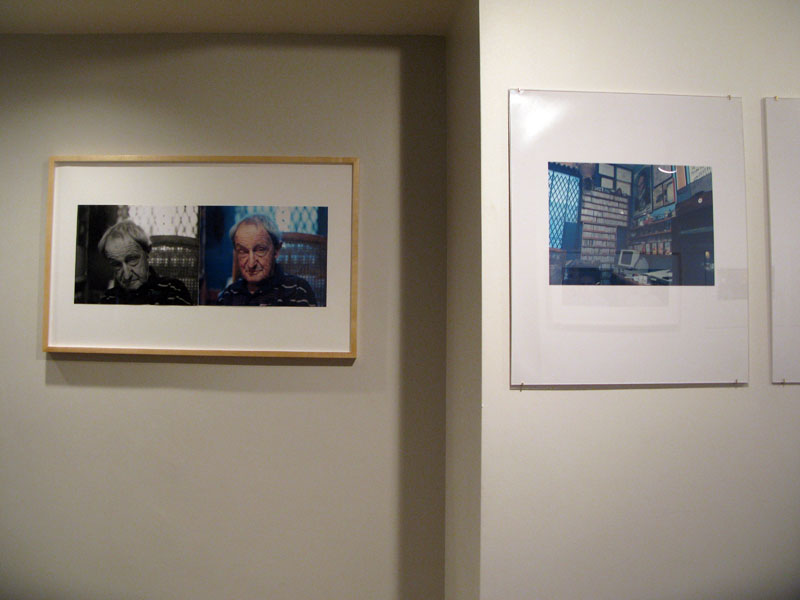

Language of Emigration / Sprache der Emigration
Erika Stone, 1999
6 images 20x 24 inches / 1 b/w and 1 color image on a board of 20 x 34 inches
DVD 45 min, Edition
born / Geboren: Frankfurt 1924
Emigration: New York 1936
Profession / Beruf: photographer
Interview: New York, 11/27/1999
Video and individual images of Erika Stone


Language of Emigration / Sprache der Emigration
Irene Lewis, 1999
6 images 20x 24 inches / 1 b/w and 1 color image on a board of 20 x 34 inches
DVD 62 min, Edition 2/4
Born in Karlsruhe 1920
Deportation in 1942 to concentration camps in Estonia, Talin, Danzig and Posen
Emigration, New York 1947
Profession: retired nurse
apprx. 60 min Video, 8 photographs (
24 x 20 inches, 61 x 51 cm)
Video and individual images of Irene Lewis



Language of Emigration / Sprache der Emigration
Barbara Haimerl, 2000
6 images 20x 24 inches / 1 b/w and 1 color image on a board of 20 x 34 inches
DVD 54 min, Edition 3/3
born / Geboren: Zachenberg, Bayern, 1925
Emigration: New York 1951
Profession / Beruf: Cleaning lady (retired) ss/ Raumpflegerin in Ruhe
Interview: New York 3/31/2000
Video and individual images of Barbara Haimerl
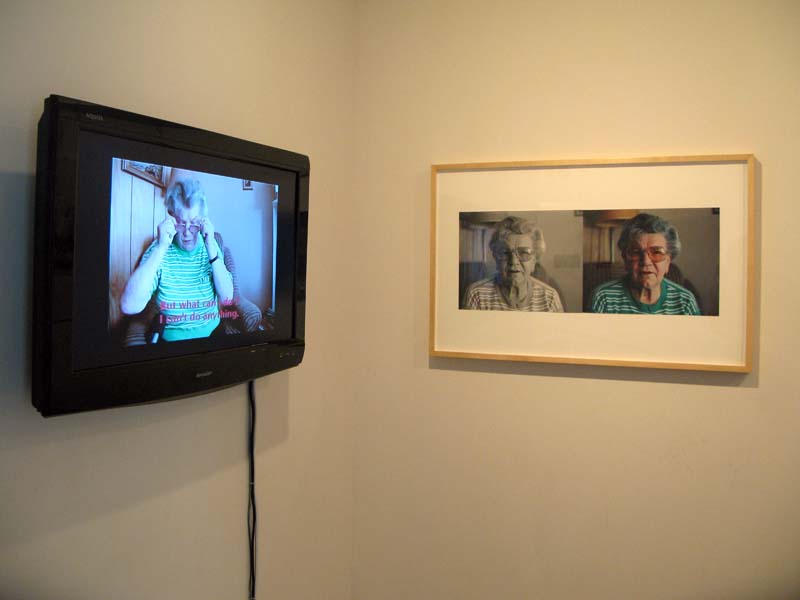



Language of Emigration / Sprache der Emigration
Bertold Adler, 2005
9 images 20x 24 inches / 1 image 20 x 34 inches
DVD 70 min, Edition 3/3
Born in Huettengesaess / Ronneburg 1928
1935 Frankfurt Main
1941 deportation from Frankfurt to Minsk, concentration camps in Budzin, Flossenburg Liberation: April 1945
New York 1946
Retired1992 worker
Video and individual images of Bertold Adler

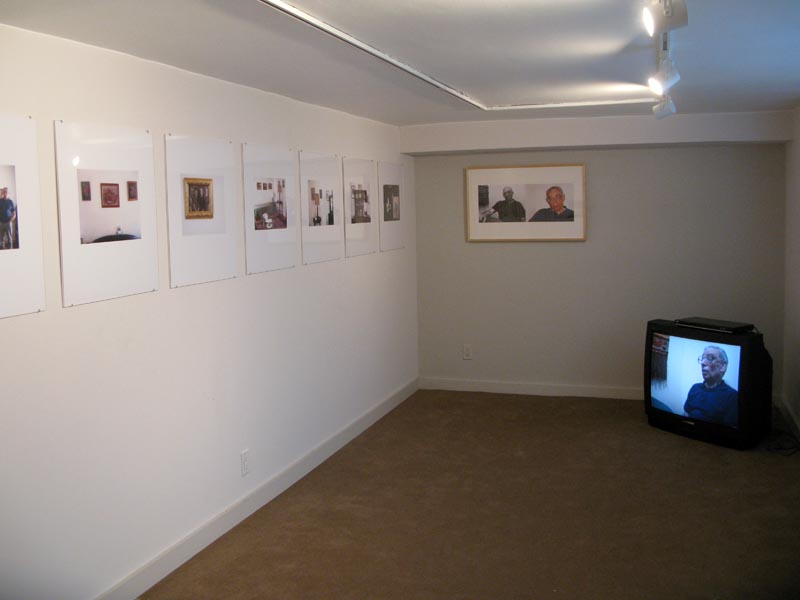
Pictures of Emigration / Bilder der Emigration
Mary Silverman, 2008
15 images 24 x 32 , DVD
Video and individual images of MARY SILVERMAN







installation views:


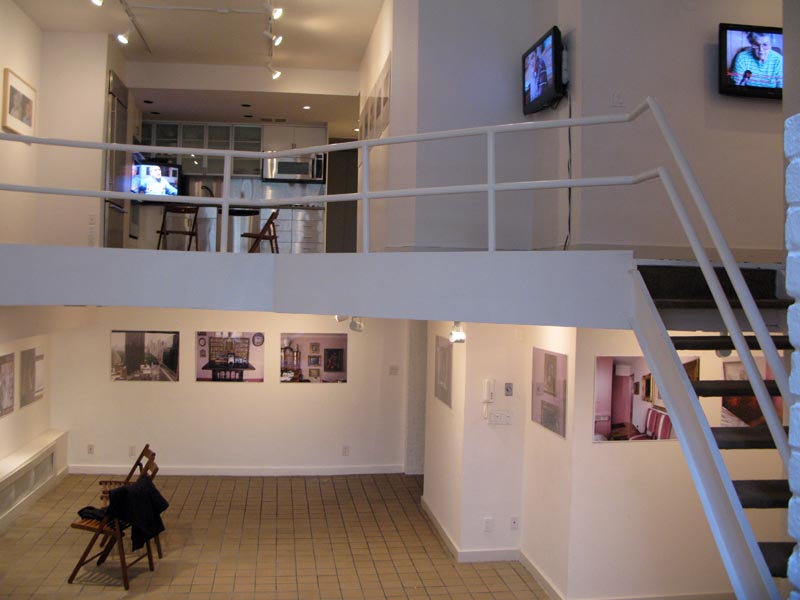





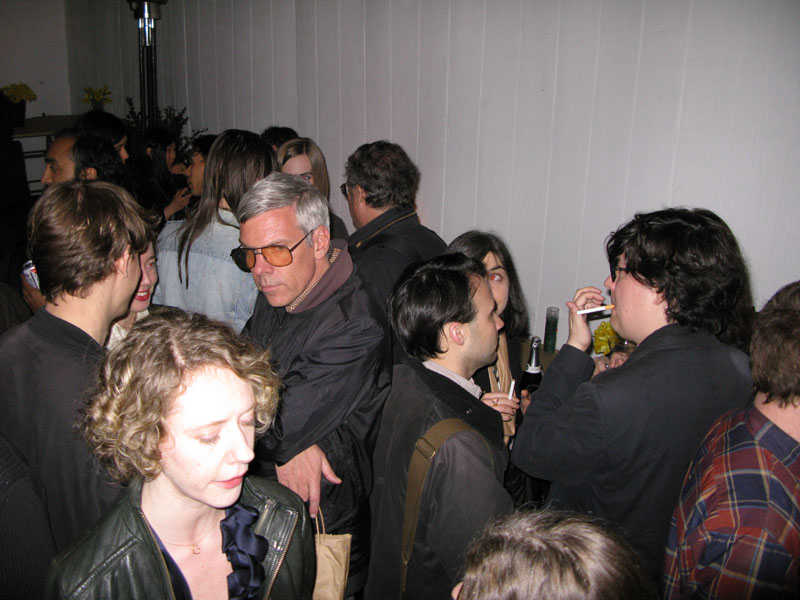
Language of Emigration / Sprache der Emigration







